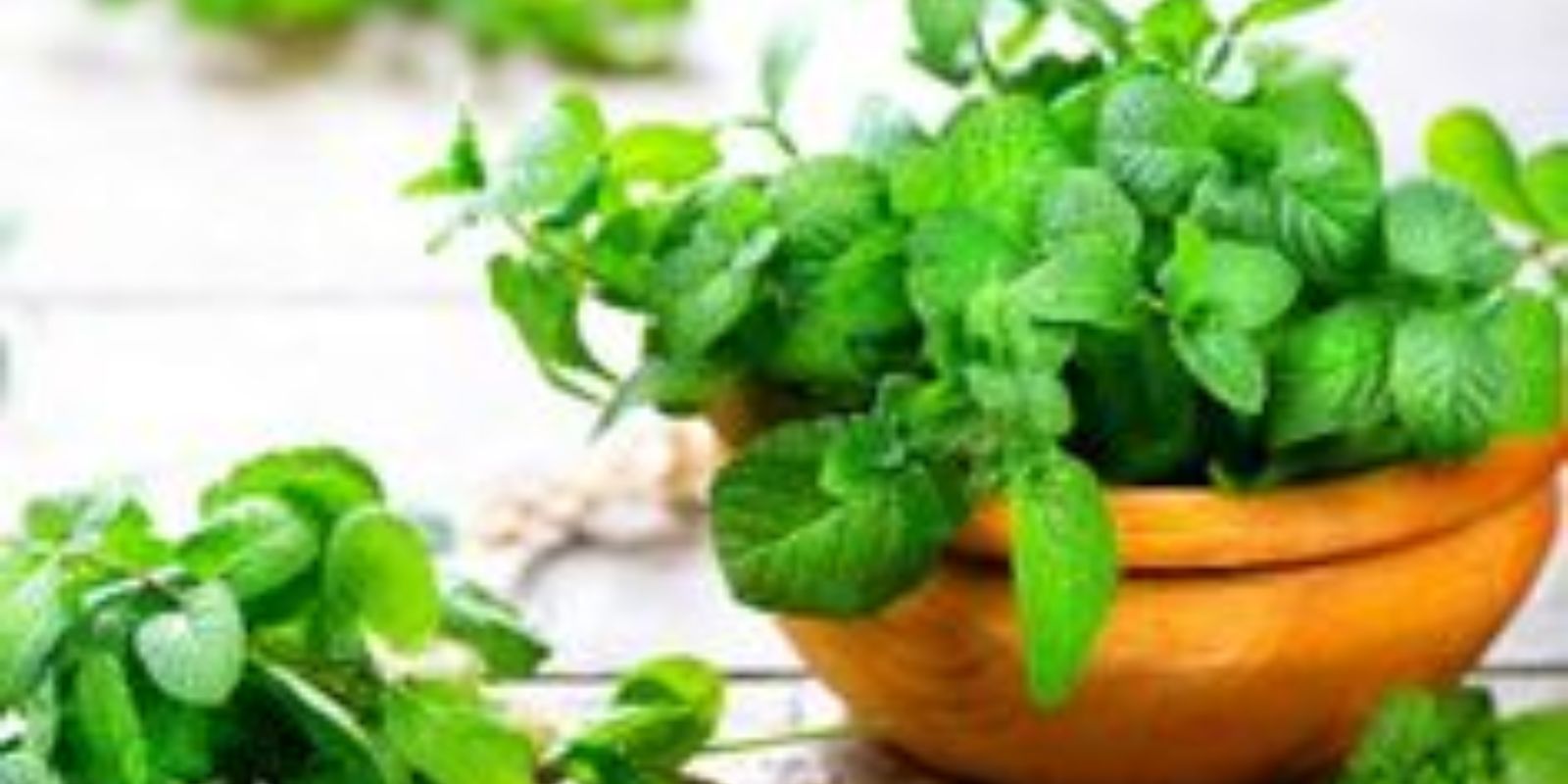Mint is a delightful herb that offers a multitude of benefits and is surprisingly easy to grow at home. From enhancing your culinary creations to providing health benefits and improving your living space, mint is a versatile plant that deserves a place in your home garden. In this article, we will explore eight compelling reasons why growing mint at home is a fantastic idea and how you can get started on this rewarding gardening journey.
1. Fresh Flavor at Your Fingertips
One of the most obvious benefits of growing mint at home is having a fresh, aromatic herb readily available for your culinary needs. Mint adds a refreshing and vibrant flavor to a wide range of dishes and beverages. Whether you’re making a minty mojito, adding a touch of mint to your salads, or infusing your water with a hint of freshness, having a steady supply of home-grown mint ensures that your recipes are always enhanced with the finest flavor.
- Culinary Uses: Mint is perfect for flavoring teas, cocktails, smoothies, and sauces. It also complements fruits like watermelon and strawberries, adding a unique twist to your favorite dishes.
2. Health Benefits
Mint is more than just a flavorful herb; it also offers several health benefits. Its soothing properties can aid in digestion, alleviate nausea, and provide relief from respiratory issues.
- Digestive Aid: Mint contains menthol, which has been shown to help relax the muscles of the digestive tract, reducing symptoms of indigestion and bloating.
- Nausea Relief: Drinking mint tea or chewing fresh mint leaves can help soothe an upset stomach and reduce nausea.
- Respiratory Relief: The menthol in mint can also act as a natural decongestant, helping to clear nasal passages and ease respiratory discomfort.
3. Easy to Grow
Mint is one of the easiest herbs to grow, making it an ideal choice for both novice and experienced gardeners. It is a hardy plant that thrives in various conditions, whether grown indoors or outdoors.
- Growing Conditions: Mint can grow in full sun or partial shade and can adapt to a range of soil types. It prefers well-draining soil but is quite forgiving of less-than-ideal conditions.
- Container Gardening: Mint is well-suited for container gardening, making it a perfect choice for those with limited space or for growing indoors. Just ensure the container has good drainage.
4. Natural Pest Control
Mint has natural pest-repellent properties that can help keep unwanted insects at bay. Its strong scent is effective in deterring pests like ants, mosquitoes, and even some larger pests.
- Pest Deterrent: Planting mint around your home or garden can help repel ants and mosquitoes, providing a natural and chemical-free way to manage pests.
- Companion Planting: Mint can also be used as a companion plant to protect other vegetables and herbs from pests, promoting a healthier garden ecosystem.
5. Aromatic Appeal
The fresh, invigorating scent of mint can enhance your living space, adding a pleasant aroma to your home. Growing mint indoors or in your garden can create a refreshing atmosphere.
- Home Fragrance: Place a pot of mint in your kitchen or living room to enjoy its natural fragrance. Mint can also be used to create homemade potpourri or essential oil blends for a soothing aroma.
6. Cost-Effective Gardening
Growing mint at home is a cost-effective way to enjoy this versatile herb without the need to buy it from the store. Mint is a fast-growing plant that requires minimal investment.
- Savings: By cultivating your own mint, you save money on purchasing fresh mint from the grocery store, especially if you use it frequently in your cooking and drinks.
- Sustainability: Growing your own mint also reduces packaging waste associated with store-bought herbs, contributing to a more sustainable lifestyle.
7. Versatile Uses
Mint is incredibly versatile and can be used in a wide variety of recipes and applications. Its unique flavor and aroma make it a valuable addition to your culinary repertoire.
- Recipe Ideas: Mint can be used in salads, sauces, desserts, and beverages. Try adding fresh mint to fruit salads, yogurt, or chocolate dishes for a delightful flavor boost.
- Infusions: Mint leaves can be used to infuse water, tea, or cocktails, providing a refreshing twist to your favorite beverages.
8. Indoor Gardening Opportunity
Mint is an excellent plant for indoor gardening, making it accessible to those who may not have outdoor garden space. Growing mint indoors allows you to enjoy its benefits year-round.
- Indoor Growth: Mint thrives in indoor environments with adequate light. Place your mint pot near a sunny window or use grow lights to ensure it receives sufficient light.
- Year-Round Harvest: Indoor mint plants can be harvested throughout the year, providing a continuous supply of fresh mint regardless of the season.
How to Get Started Growing Mint at Home
- Choose Your Mint Variety: There are several types of mint, including peppermint, spearmint, and chocolate mint. Choose a variety that suits your taste and growing conditions.
- Planting: Mint can be grown from seeds, cuttings, or nursery plants. For beginners, starting with nursery plants or cuttings is often easier. Plant mint in well-draining soil and ensure it receives adequate light.
- Care and Maintenance: Water mint regularly to keep the soil consistently moist but not waterlogged. Mint does not require heavy fertilization but can benefit from occasional feeding.
- Harvesting: Harvest mint leaves as needed, pinching off the tips of the stems. Regular harvesting encourages new growth and keeps the plant healthy.
Conclusion
Growing mint at home offers a wealth of benefits, from fresh and flavorful herbs to natural pest control and cost savings. Whether you’re looking to enhance your culinary creations, enjoy the health benefits of mint, or simply add a pleasant aroma to your living space, cultivating mint is a rewarding and practical choice. Start your mint-growing journey today and experience the joys of this versatile and easy-to-grow herb. Happy gardening! 🌿✨

